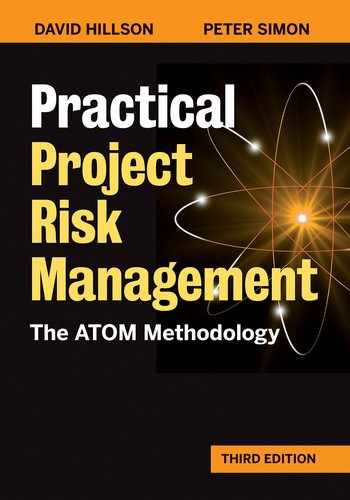Acknowledgments
We first met in 1985 at a conference for users of risk software, and since then risk management has formed an important part of our professional relationship. So it seemed obvious for us to write a book together, outlining our shared insights and approach to risk management on projects. As practitioners, it was natural for us to concentrate on practical guidelines outlining how to do it, especially since there are so few other books offering practical guidelines.
The risk process described in this book draws on our many years of experience and is honed through both failure and success. Along the way, we have learned much from each other, as well as from colleagues, competitors, and clients, that has shaped the way we now think and act. Some of these people have shown the way through their good practice, while others have shown us what not to do. To each we are grateful, though they are too many to mention individually.
We would also like to thank the team at Management Concepts for their initial encouragement to write the first two editions, and we’re glad that Berrett-Koehler has inherited their enthusiasm for publishing our work.
Since the first two editions of this book were published, several major businesses have implemented the ATOM approach in order to manage risk in their projects. In addition, the ATOM book has been adopted as a teaching resource by a number of academic institutions. We are grateful to these organizations for demonstrating their confidence in ATOM, and for providing their detailed feedback on its practical use, some of which is reflected in this third edition.
We’ve also added important new guidance in this edition, including insights into the vital role of the risk facilitator when running risk workshops and meetings. Our approach to facilitation was partly shaped by the work of our friends Dr. Ruth Murray-Webster and Dr. Penny Pullan, although we’ve diverged from their views in some significant ways.
The approach to project risk management described here is our own, and we know it works. The period between the first and third editions of this book has only served to reinforce our conviction that this simple, scalable methodology adds significant value to those organizations that use it. We remain responsible for any flaws or shortcomings in the ATOM methodology or this book, and we welcome feedback from readers at [email protected].
David Hillson and Peter Simon
